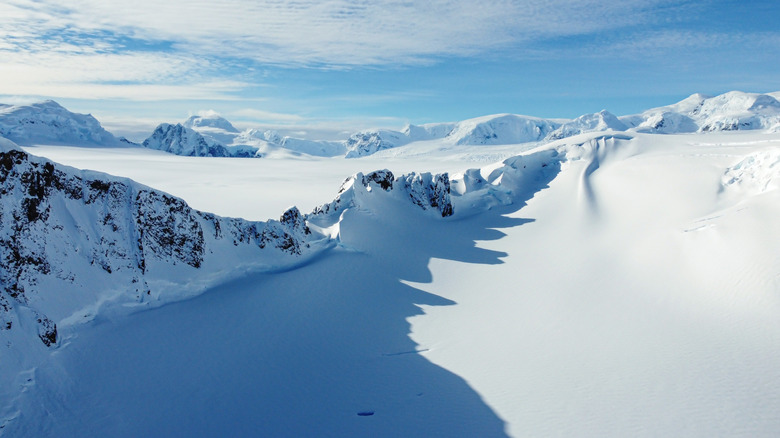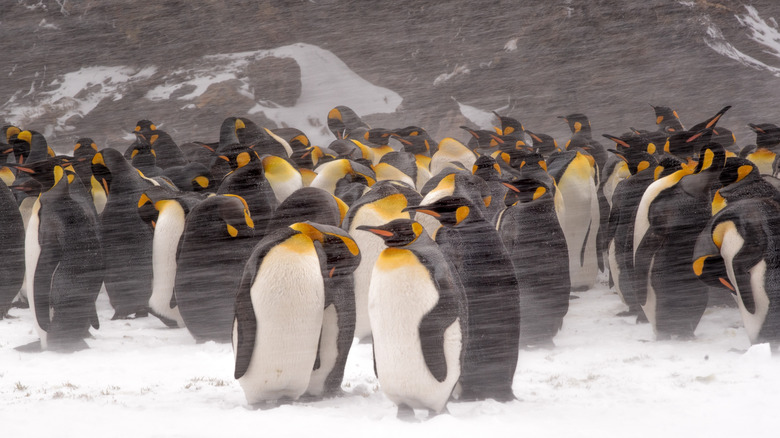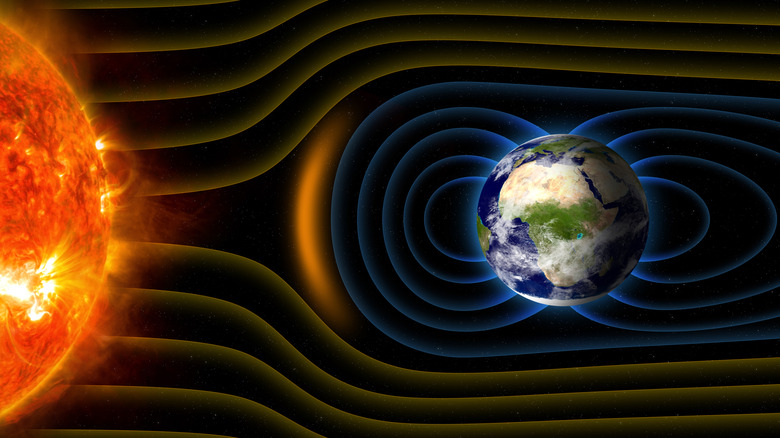
Each day, about 100,000 airplanes take off and land at airports globally, yet none of these flights traverse over Antarctica. A frequently mentioned reason for this is the lack of demand. Most of the world’s population resides in the northern hemisphere, with over 90% of flight miles flown each year located north of the equator. However, even if one wished to fly between Australia and South America, a journey where the most direct path would be directly over Antarctica, flights over the southernmost and fifth-largest continent are unavailable. Instead, flights between these destinations hug the coast of Antarctica, avoiding the landmass itself.
For travelers, this might be exasperating. Why endure a longer flight path and miss the chance to capture spectacular aerial shots of the icy continent? Part of the issue is regulatory: Regulations require that all planes remain within a certain distance of a functional airport in case an emergency landing is necessary, and there are no commercial airports on Antarctica. The real question is why such infrastructure is absent, and it all boils down to the Antarctic environment. Antarctica is the largest desert on Earth, and deserts are notoriously windy. This poses a problem for pilots, and the air over Antarctica is among the roughest worldwide.
The fearsome winds of Antarctica

The primary issue with flying over Antarctica is that it is the windiest place on Earth, with wind speeds reaching up to 200 miles per hour. This is caused by an unusual phenomenon in the troposphere (the lowest atmospheric layer, where weather events like wind and storms occur) over the continent. Generally, temperatures in the troposphere decrease with altitude due to the decreasing density of air. At ground level, the average global temperature is about 60 degrees Fahrenheit, but it’s around -60 degrees at the top of the troposphere. However, the interior surface temperature of Antarctica is even colder, averaging approximately -70 degrees.
The surface of Antarctica is so frigid that higher in the troposphere, temperatures actually rise. Cold air naturally sinks, and since Antarctica has the highest average elevation among all continents, all that freezing surface-level air cascades down through the continent’s rugged landscape, transforming into powerful katabatic winds. These fierce winds can batter aircraft and ships, creating dangerous conditions, and if an aircraft cannot withstand the gales, finding a safe landing site nearby is unlikely. Additionally, jet fuel freezes between -40 and -58 degrees Fahrenheit, well above the average Antarctic temperature, and although planes’ insulation protects the fuel, long flights across the continent could be too much, leading to potential disaster.
Flying near the poles also carries a radiation risk

While fearsome winds could emerge suddenly, posing an immediate threat to planes over Antarctica, another force presents a more subtle, persistent danger. Every moment, Earth is bombarded by cosmic radiation generated by the sun and other stars, extending into our solar system. Prolonged exposure to cosmic radiation carries a high risk of cancer in humans, but fortunately, Earth’s magnetic field deflects most of this radiation before it reaches the ground. However, the magnetic field is weak around the poles, allowing more radiation to penetrate; additionally, higher altitudes increase radiation exposure, meaning any plane flying over the South Pole would face double the danger.
A single flight across Antarctica would keep passengers within safe radiation levels, but repeated flights across the poles could lead to radiation accumulation, risking cancer and reproductive harm. This poses a significant threat to pilots and flight attendants who might fly the same route multiple times. While debate continues over the exact impact of cosmic radiation on the body, it is considered a serious risk. In 2023, a Korean court ruled that cosmic radiation exposure was the direct cause of a flight attendant’s death from stomach cancer. With such cases emerging, pilots might be understandably concerned about attempting flights over Antarctica.






